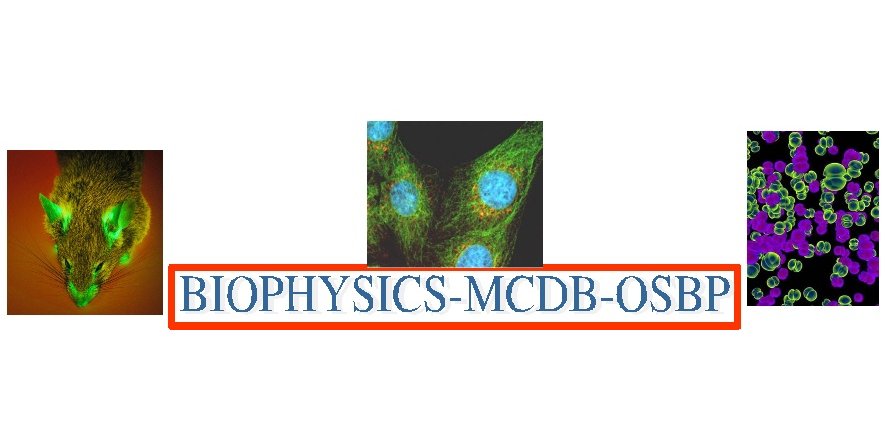Interdisciplinary Graduate Programs Symposium

2010 OSU Molecular Life Sciences
Interdisciplinary Graduate Programs Symposium

Talk abstracts
Abstract:
λ exonuclease is a Mg2+-dependent enzyme that binds to dsDNA ends and processively digests the 5’-ended strand to form mononucleotides and a long 3’-overhang that is a substrate for recombination. Due to its unique biochemical features, λ exonuclease is currently being exploited in powerful new biotechnology applications for genetic engineering ("recombineering") and nanopore DNA sequencing. Previous studies revealed that λ exonuclease forms a toroidal trimer with a central funnel-shaped channel for tracking along the DNA substrate, and a mechanism for processivity was proposed involving topological linkage of the trimer to the ssDNA tail generated during the reaction. Here, we have determined the crystal structure of λ exonuclease in complex with DNA at 1.8 A resolution. The DNA binds within the central channel as expected, but is asymmetrically tilted so that the 5’-end projects into the active site of one subunit of the trimer. The enzyme unwinds the DNA prior to cleavage, such that two nucleotides of the 5’-ended strand insert into the active site cleft of one of the subunit of the trimer, while the 3’-ended strand passes through the central channel to emerge at the back of the trimer. The terminal 5’-phosphate of the DNA binds to a positively charged pocket at the end of the active site cleft, while the scissile phosphate bridges the two active site Mg2+ ions. Unwinding of the DNA is facilitated by several hydrophobic residues, including Leu78, which is wedged between the 2nd and 3rd bases of the 5’-ended strand. Our data suggests a mechanism for processivity in which Leu78 acts as a gate to prevent backward movement of the DNA substrate, while the electrostatic attraction of the 5’-phosphate generated at each step of the reaction to the positively charged pocket provides a force to drive forward movement of the enzyme along the DNA substrate. Thus, processivity of λ exonuclease operates not only at the level of the trimer, but also at the level of the monomer.
Keywords: